Advertising is all about the way information about products and services is presented. Advertisements are created to generate interest of the consumer, to facilitate increased consumption of products and services. Most companies hire advertising agencies to create an awareness about their brands, or rely on their in-house advertising team to do so. Mediums used to propagate information are television, radio, cinema, video games, the Internet, telephonic, banners, billboards, and print media like newspapers and magazines.
Although not everyone 'buys' the message transmitted through the advertisements, at certain times we do get intrigued by some of them. For the companies who advertise their products and services, this intrigue and curiosity translates into sales in the longer run. Advertising is a billion dollar industry in American alone. Not only do the advertisers create advertisements, but spend huge sums to run, test, and measure advertising effectiveness.
Effective Advertising Techniques Used in Advertisements
Advertising techniques can be of many kinds. All creative advertisers use some of the following effective advertising techniques and tricks to grab the potential consumer's attention and turn it to sales.
Arouse Curiosity
Nothing works better than this technique. Humans, by nature are always drawn towards the unknown, or in this case something new and advanced. Arousing curiosity with words, prints, images or visuals will definitely make an impact. On an average, an individual spends less than 5 seconds to go through an entire ad. If your subject does not arouse curiosity immediately, it is a lost opportunity. A well-crafted ad should be eye-catching, and difficult to ignore.
Promise a Benefit
Most brands are associated with some pre-defined character, and they need to be re-emphasized with every new service advertised. The headline must promise a benefit for the consumer, because in most instances it is the headline that sells the product more than the copy, images or the celebrity. Advertisements should also carry general information about the service center address, phone numbers, credit cards that the business accepts, and the name of a person to ask for when calling for more information.
Emotional Appeal
Many advertisers attract attention by pulling at the heart stings and triggering emotions. An emotional response is by far the most powerful reason for making decisions. Emotional and rational thoughts are interdependent, as the ability to decide rationally is determined by issues that drive the emotions. We get more attracted to products and services that make us feel good and safe. The concept of emotional appeal are best seen in insurance ads made world over, and also companies that associate their sales with social upliftment causes.
Children
In most houses, children have a say in every big or small purchase made. Most parents just give in to the tantrums, a fact well-known to the advertisers. Out of ten commercials one sees through any medium, 8 have children featured in them who are generally a little more perfect than the target audience. These perfect children then go on to become role-models that have to emulated by other children.
Celebrities
A celebrity's larger-than-life image, whether downright weird or righteous, strikes a chord with people of all ages. Advertisers understand this appeal and use celebrity status and image to convince consumers that their products are worth purchasing. Besides celebrities that have international and national fame and recognition, many local advertisements use local, but popular celebrities in their ads. While choosing a celebrity to endorse your products and services, it is imperative to ensure that their image and character matches the brand advertised.
Consumer Intelligence
As a rule, never underestimate or insult the consumer's intelligence. Most ads exaggerate, however, the benefits and basic information of the product and service should be well presented. A consumer who is interested will always check the market before making a decision. Irrelevant and over-the-top exaggerated information will definitely turn off the potential consumer. No one really believes in words like the greatest, unbelievable or once-in-a lifetime-fantastic offer. Another thing to bear in mind is that, while certain products cater to general masses, some are only meant for limited market. Therefore, it's important to appeal to basic sense and culture of different markets while creating ads.
An advertisement is more like a gamble. There is no fixed advertisement techniques for it to succeed. Some ads have all the right components, yet fail to create an impact, while some score over in their simplicity. The most, and perhaps the only important reason an ad is made, is to generate revenue for the company by selling products and services.
Although not everyone 'buys' the message transmitted through the advertisements, at certain times we do get intrigued by some of them. For the companies who advertise their products and services, this intrigue and curiosity translates into sales in the longer run. Advertising is a billion dollar industry in American alone. Not only do the advertisers create advertisements, but spend huge sums to run, test, and measure advertising effectiveness.
Effective Advertising Techniques Used in Advertisements
Advertising techniques can be of many kinds. All creative advertisers use some of the following effective advertising techniques and tricks to grab the potential consumer's attention and turn it to sales.
Arouse Curiosity
Nothing works better than this technique. Humans, by nature are always drawn towards the unknown, or in this case something new and advanced. Arousing curiosity with words, prints, images or visuals will definitely make an impact. On an average, an individual spends less than 5 seconds to go through an entire ad. If your subject does not arouse curiosity immediately, it is a lost opportunity. A well-crafted ad should be eye-catching, and difficult to ignore.
Promise a Benefit
Most brands are associated with some pre-defined character, and they need to be re-emphasized with every new service advertised. The headline must promise a benefit for the consumer, because in most instances it is the headline that sells the product more than the copy, images or the celebrity. Advertisements should also carry general information about the service center address, phone numbers, credit cards that the business accepts, and the name of a person to ask for when calling for more information.
Emotional Appeal
Many advertisers attract attention by pulling at the heart stings and triggering emotions. An emotional response is by far the most powerful reason for making decisions. Emotional and rational thoughts are interdependent, as the ability to decide rationally is determined by issues that drive the emotions. We get more attracted to products and services that make us feel good and safe. The concept of emotional appeal are best seen in insurance ads made world over, and also companies that associate their sales with social upliftment causes.
Children
In most houses, children have a say in every big or small purchase made. Most parents just give in to the tantrums, a fact well-known to the advertisers. Out of ten commercials one sees through any medium, 8 have children featured in them who are generally a little more perfect than the target audience. These perfect children then go on to become role-models that have to emulated by other children.
Celebrities
A celebrity's larger-than-life image, whether downright weird or righteous, strikes a chord with people of all ages. Advertisers understand this appeal and use celebrity status and image to convince consumers that their products are worth purchasing. Besides celebrities that have international and national fame and recognition, many local advertisements use local, but popular celebrities in their ads. While choosing a celebrity to endorse your products and services, it is imperative to ensure that their image and character matches the brand advertised.
Consumer Intelligence
As a rule, never underestimate or insult the consumer's intelligence. Most ads exaggerate, however, the benefits and basic information of the product and service should be well presented. A consumer who is interested will always check the market before making a decision. Irrelevant and over-the-top exaggerated information will definitely turn off the potential consumer. No one really believes in words like the greatest, unbelievable or once-in-a lifetime-fantastic offer. Another thing to bear in mind is that, while certain products cater to general masses, some are only meant for limited market. Therefore, it's important to appeal to basic sense and culture of different markets while creating ads.
An advertisement is more like a gamble. There is no fixed advertisement techniques for it to succeed. Some ads have all the right components, yet fail to create an impact, while some score over in their simplicity. The most, and perhaps the only important reason an ad is made, is to generate revenue for the company by selling products and services.





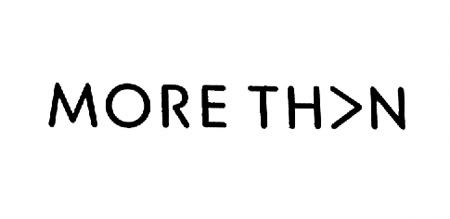
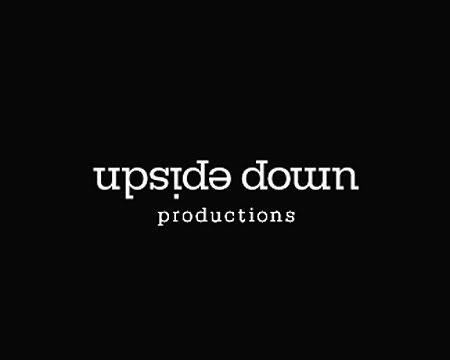

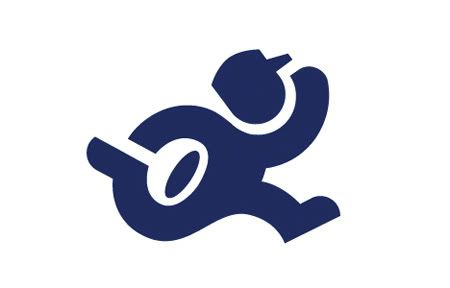





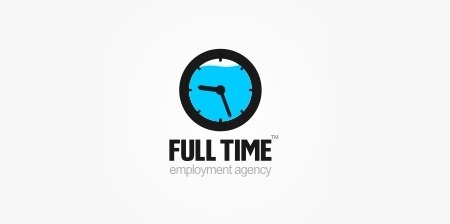



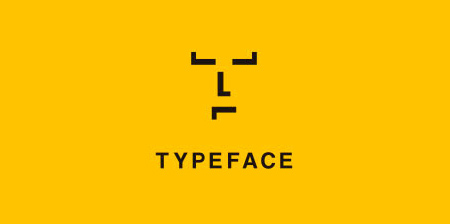

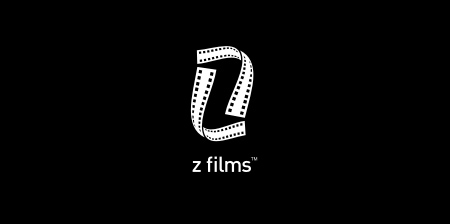

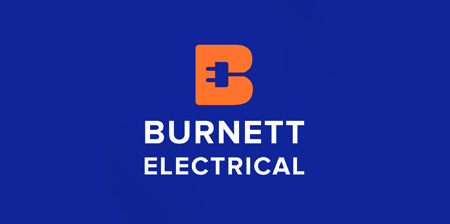
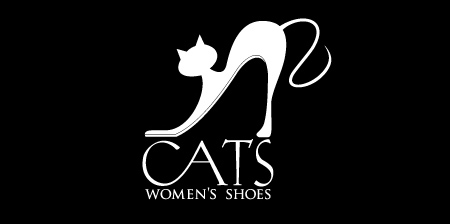
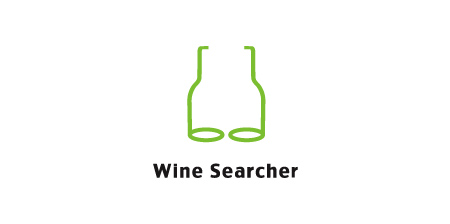

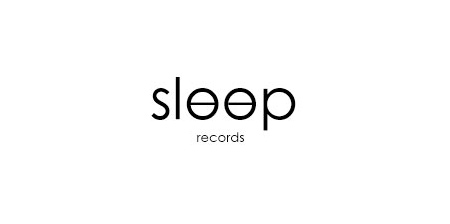


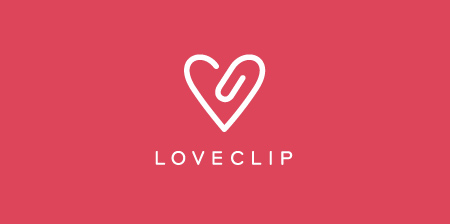





No comments:
Post a Comment